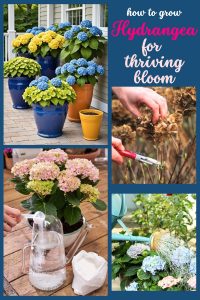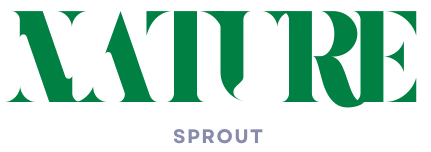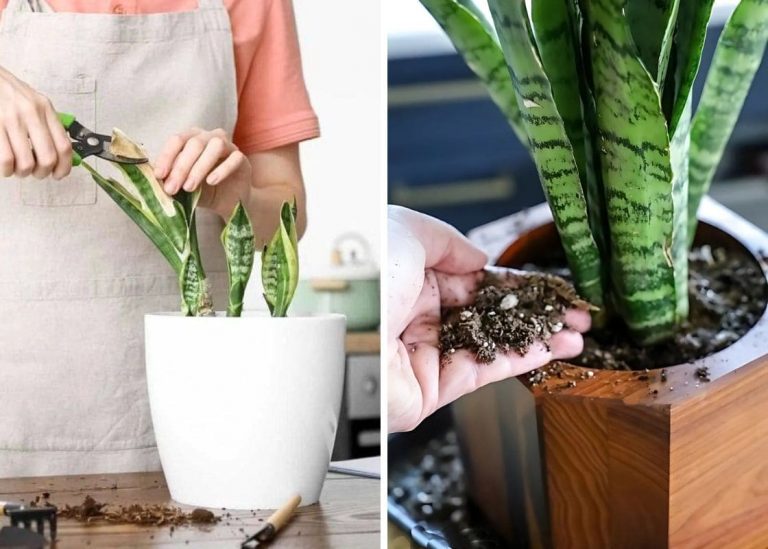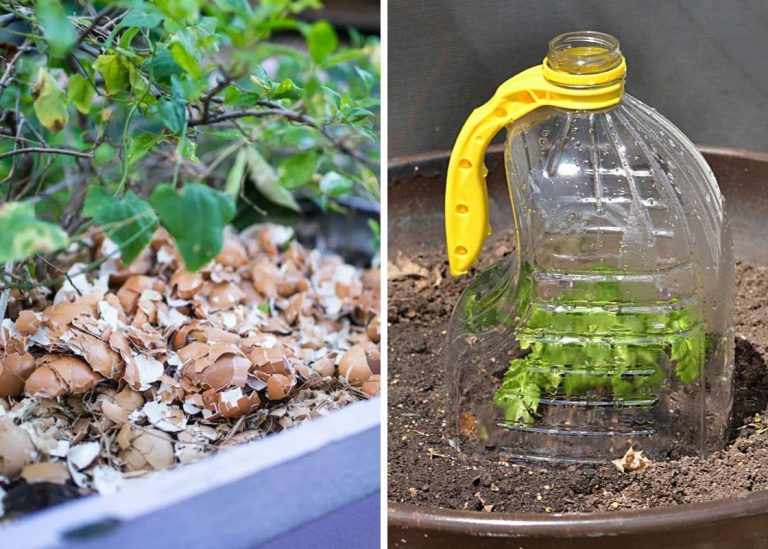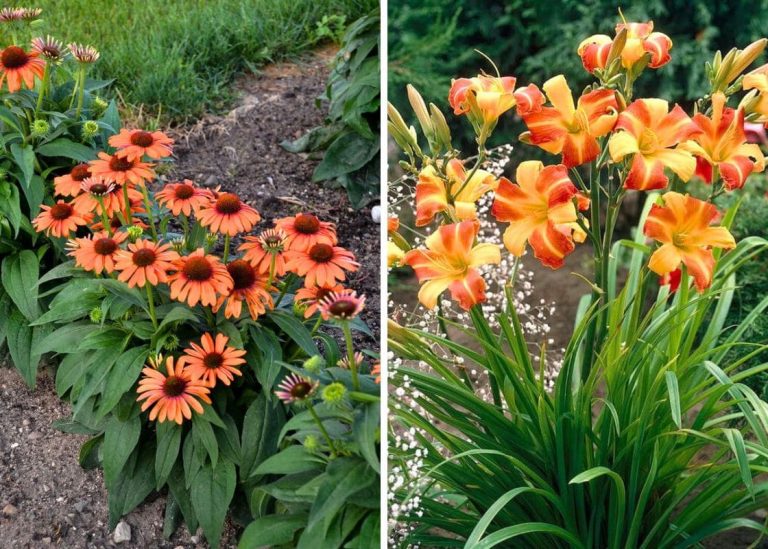How to Grow Hydrangeas For Thriving Blooms
I planted a mophead hydrangea beneath the kitchen window, hoping for a hedge of color. But I didn’t understand pruning, I watered too much, and I’d buried it too deep. What bloomed instead was frustration. That is, until a kind stranger at the farmer’s market overheard me grumbling and gently asked, “Does it get afternoon shade?”
I went home, dug around, repositioned the plant with more care than before. The next spring, it bloomed. Big, blue, impossible-to-ignore blooms. I never forgot that moment, or that stranger.
Hydrangeas are a little finicky but endlessly rewarding, like a shy guest who eventually becomes your best friend. And if you’ve been struggling or starting fresh, let me share what I’ve learned—through trial, error, and those quiet, happy wins in the garden.
Choosing the Right Hydrangea Variety
Before you even plant your hydrangeas, you need to know what type you’re working with. Each variety has unique characteristics, including bloom time, color, and care requirements.
Bigleaf Hydrangeas (Hydrangea macrophylla)
These are the divas. They change color based on soil pH and bloom on last year’s stems. I made the mistake of pruning mine too hard the first season. Result? Nothing but leaves. Lesson learned.
Panicle Hydrangeas (Hydrangea paniculata)
These are easygoing and reliable. They bloom on new wood, so you can prune in late winter and still get flowers. My neighbor grows a variety that starts creamy white and blushes pink—it’s the highlight of her fall garden.
Oakleaf Hydrangeas (Hydrangea quercifolia)
My personal favorite. Their foliage turns red in autumn, and the blooms are elegant cones. I saw them first in a botanical garden and was hooked.
Smooth Hydrangeas (Hydrangea arborescens)
The ‘Annabelle’ type is dramatic and generous with its blooms. These thrive on new wood and look stunning massed in shade-dappled corners.
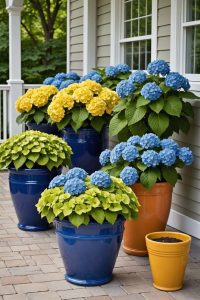
Planting Hydrangeas for Strong Growth
Hydrangeas love a little pampering in the beginning. I always look for a spot with morning sun and dappled afternoon shade—especially for bigleaf and oakleaf varieties. Panicles can handle full sun better.
Here’s what I do:
-
Dig a hole twice as wide as the pot but no deeper.
-
Gently loosen the root ball and place it so the crown is level with the soil.
-
Backfill with a mix of native soil and compost.
-
Water deeply and mulch with 2–3 inches of bark or leaf mold.
One mistake I made early on? Planting too deep. Hydrangeas hate that. Keep the crown visible!
Watering for Healthy Growth
These shrubs love moisture—but not swampy feet. I water deeply once or twice a week, depending on rain and temperature.
If the leaves wilt mid-day but perk up by evening, that’s normal. But if they stay droopy, it’s time to grab the hose. I also mulch to retain moisture and keep the roots cool, especially during our scorching midsummer days.
Tip from a garden friend: water early in the day to prevent fungal issues and give the plant time to dry before dusk.

Feeding Your Blooms: Not Too Much, Not Too Little
Hydrangeas respond beautifully to balanced feeding, but too much nitrogen will give you giant leaves and barely-there blooms. Been there, sadly.
In early spring, I use a slow-release balanced fertilizer (10-10-10 works well). For bigleaf varieties, a touch more phosphorus helps boost blooms. I skip the midsummer feeding unless the plant looks tired or pale.
Sometimes, I just add compost instead. It’s gentler, and my plants seem to love it.

Pruning: Knowing When and How to Cut
This part tripped me up the most. The key? Know whether your hydrangea blooms on old wood (like bigleaf and oakleaf) or new (like panicle and smooth).
-
Old wood: Prune just after blooming. I only remove dead stems in early spring.
-
New wood: Prune back in late winter or early spring. I cut mine by about one-third.
If you’re unsure, start with light trimming. You’ll learn your plant’s rhythm with time.
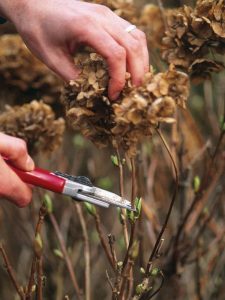
Adjusting Flower Color (For Certain Types)
If you’ve ever wondered why some hydrangeas are blue while others are pink, it all comes down to soil pH—but this only applies to bigleaf hydrangeas.
- For blue flowers, the soil needs to be acidic (pH below 6.0). I add aluminum sulfate, pine needles, or coffee grounds to lower the pH and encourage blue hues.
- For pink flowers, the soil should be alkaline (pH above 7.0). I use garden lime or wood ash to raise the pH and shift the color to pink.
Neutral soil (between pH 6.0 and 7.0) often results in purple or mixed-color blooms. This color-changing ability makes bigleaf hydrangeas a fun experiment in the garden.
Protecting Hydrangeas from Harsh Weather
Hydrangeas are tougher than they look, but extremes can still do damage.
In cold zones, I mulch heavily around the base in fall. For bigleafs and oakleafs, I loosely wrap burlap over them during harsh winters.
In summer, I make sure they’ve got afternoon shade. When temperatures soar past 90°F, I mist the leaves in the early morning to help them cope.
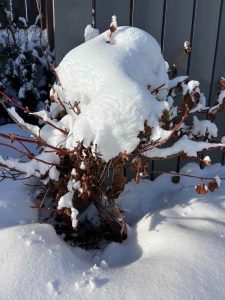
Growing Hydrangeas in Containers
Container hydrangeas? Absolutely. I grow a few right outside the kitchen where I can see them every morning.
Here’s what’s worked best for me:
-
Use a pot at least 18 inches wide with drainage holes.
-
Fill with rich, well-draining potting mix.
-
Water more often than garden-planted hydrangeas—pots dry out quickly.
-
Feed every 4–6 weeks with diluted liquid fertilizer.
In colder months, I move them to a sheltered spot or wrap the pots with burlap to prevent root freeze.
Final Thoughts
Hydrangeas taught me patience and observation. They challenged me, then rewarded me in the most generous way—with blooms the size of my head and colors that shift with the season.
If you’re starting your hydrangea journey, don’t worry about getting it all perfect. Try, adjust, observe, and try again. That’s gardening. Each bloom is proof that you’re learning. And each mistake? Just part of the path.
